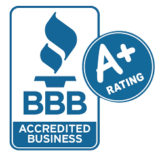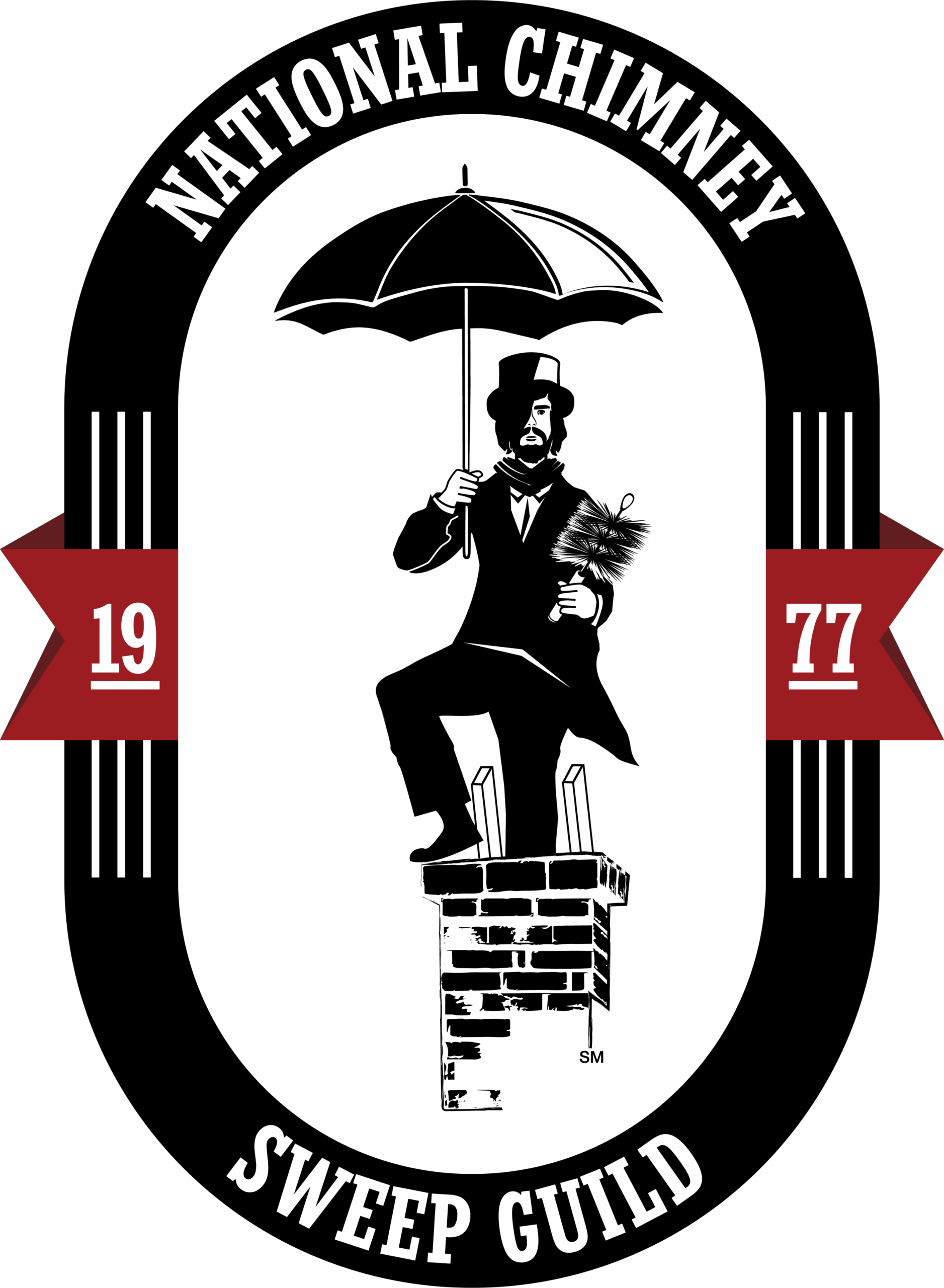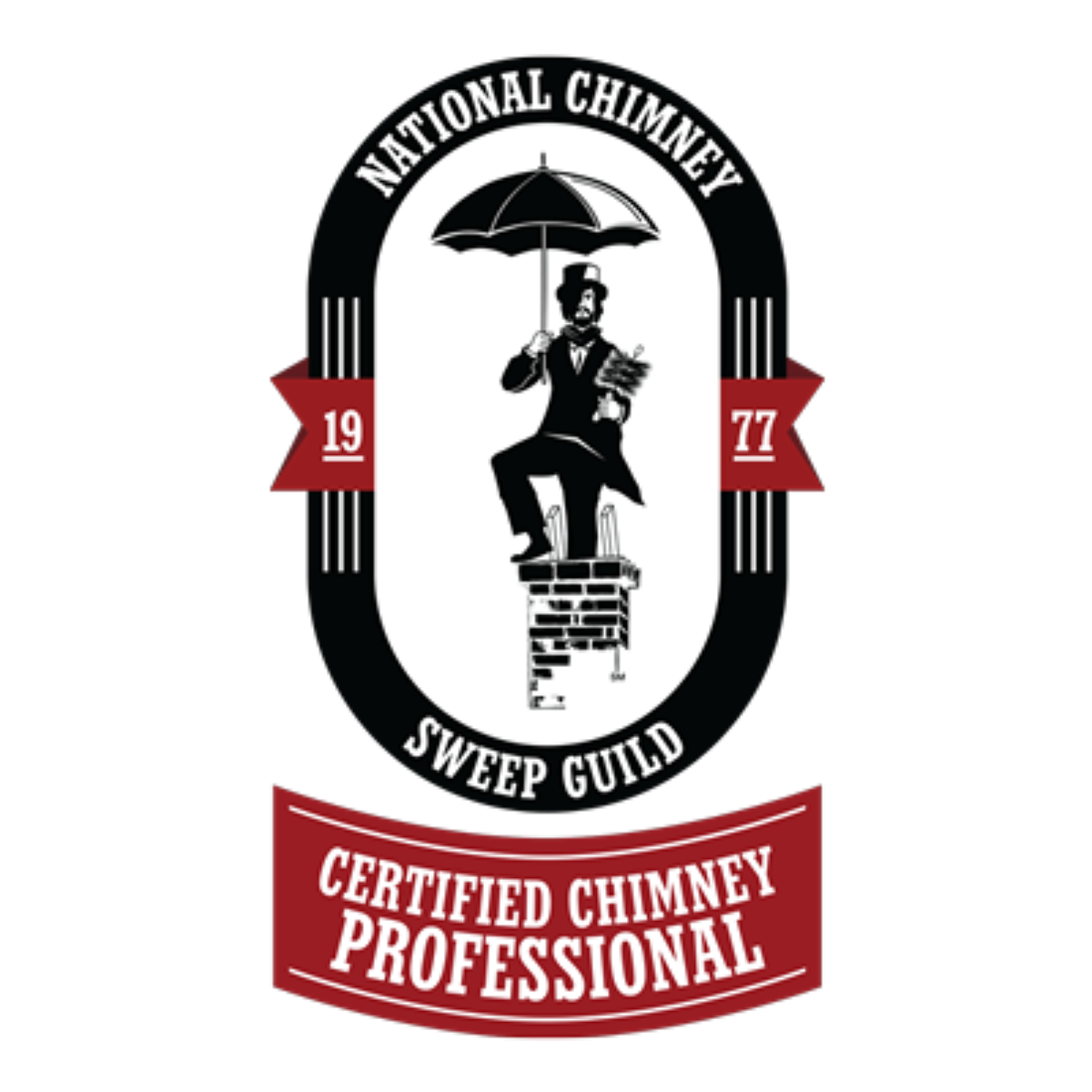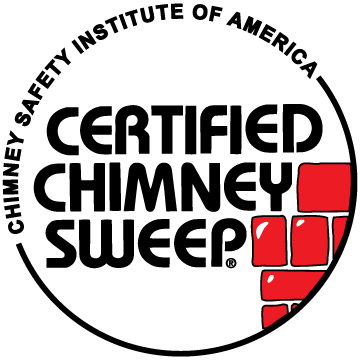National Fire Prevention Week
Charge Into Fire Safety™
October 5th – 11th, 2025
It's National Fire Prevention Week! In collaboration with the National Fire Protection Association (NFPA), Masters Services is helping customers 'Charge Into Fire Safety' by raising awareness about the fire hazards associated with electronic devices powered by lithium-ion batteries. This fire safety initiative, which runs from October 5 to 11, 2025, is an excellent opportunity to remind our communities to prioritize chimney and fireplace safety as winter approaches. Please take a moment to share this vital information with your neighbors, friends, and family. Together, we can all work to prevent fires.
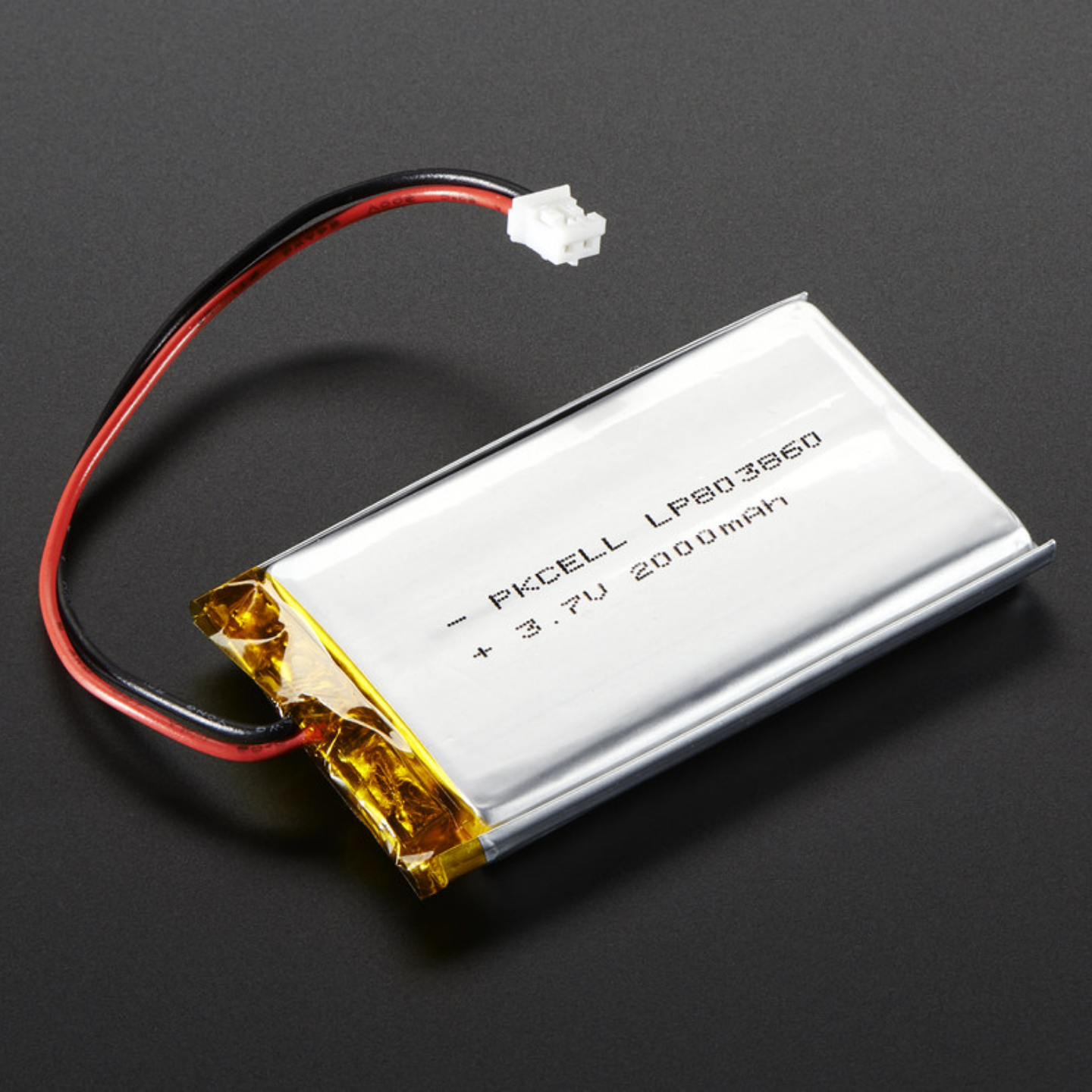 Why Airlines No Longer Allow Lithium-ion Devices in Checked Baggage
Why Airlines No Longer Allow Lithium-ion Devices in Checked Baggage
The International Air Transport Association (IATA) has banned lithium-ion batteries from checked luggage due to their potential fire risk. These batteries, found in numerous electronic devices, can result in a phenomenon known as thermal runaway. It can occur when a damaged or defective battery overheats, causing a chemical chain reaction that can lead to a fire. In the confined and sometimes high-temperature environment of an airplane's cargo hold, this risk is magnified, making it a serious threat to passenger and crew safety.
What Causes Chimney Fires
The number one cause of chimney fires is the accumulation of creosote. This highly flammable substance is a byproduct of burning wood. As smoke and hot gases travel up the chimney, they leave behind creosote on the interior walls of the flue. This sticky, tar-like residue becomes more volatile as it lingers in the flue. A spark or hot ember can ignite the creosote, resulting in a fire that can reach temperatures of up to 2,000°F. This intense heat can cause the chimney liner to burst, spreading to the home's structure and resulting in a devastating house fire.
How to Prevent Chimney Fires
Chimney fires are entirely preventable with regular maintenance, professional cleaning, and repairs.
- Annual Inspections and Sweeping: The most effective way to protect your home is to have your chimney professionally inspected and cleaned at least once a year by a certified chimney sweep.
- Install a Chimney Cap: A chimney cap is the stack’s first line of defense for preventing small animals, leaves, and debris that can cause a fire. Chimney caps also feature a spark arrestor that prevents sparks and hot embers from landing on the roof, potentially causing a fire in the attic and roof deck.
- Make Timely Repairs: An annual inspection is also critical for identifying common chimney and masonry problems that require immediate repair, such as cracks in the flue liner, excessive creosote, flue obstructions, and spalling bricks, which increase the risk of fire and exposure to toxic carbon monoxide gas.
Signs of a Possible Chimney Fire
Even with the best precautions, it's vital to be aware of the signs of a chimney fire. If you are using your fireplace and notice any of the following, take action immediately:
- A loud, roaring sound, like a freight train or a jet engine.
- Dense, thick smoke is coming from the chimney or inside your home.
- An intense, hot smell, like something is burning.
- Flames or sparks shooting from the top of the chimney.
If you suspect a chimney fire, evacuate everyone from the house and call 911 immediately.
Steps You Can Take to Improve Safety Around the Fireplace
How safe is your fireplace? Check the boxes that apply and compare the results.
- Install a Glass Fireplace Door: A fireplace screen or glass door is a simple but effective way to prevent sparks and embers from flying out of an open hearth and onto carpets or other flammable materials.
- Maintain a Safe Zone: Keep all furniture, curtains, rugs, holiday decorations, and other combustible items, including children and pets, at least three feet away from your fireplace.
- Properly Dispose of Ashes: Never dispose of hot ashes in a plastic or cardboard container. Instead, use a metal container with a sturdy, secure lid and store it outside, a safe distance from your home.
- Test Smoke and Carbon Monoxide Detectors (CO): Ensure you have working smoke detectors on every level of your home and in each bedroom. Install CO detectors near sleeping areas, as a damaged chimney can allow this deadly gas to enter your home. Test these devices monthly and replace the batteries every six months.
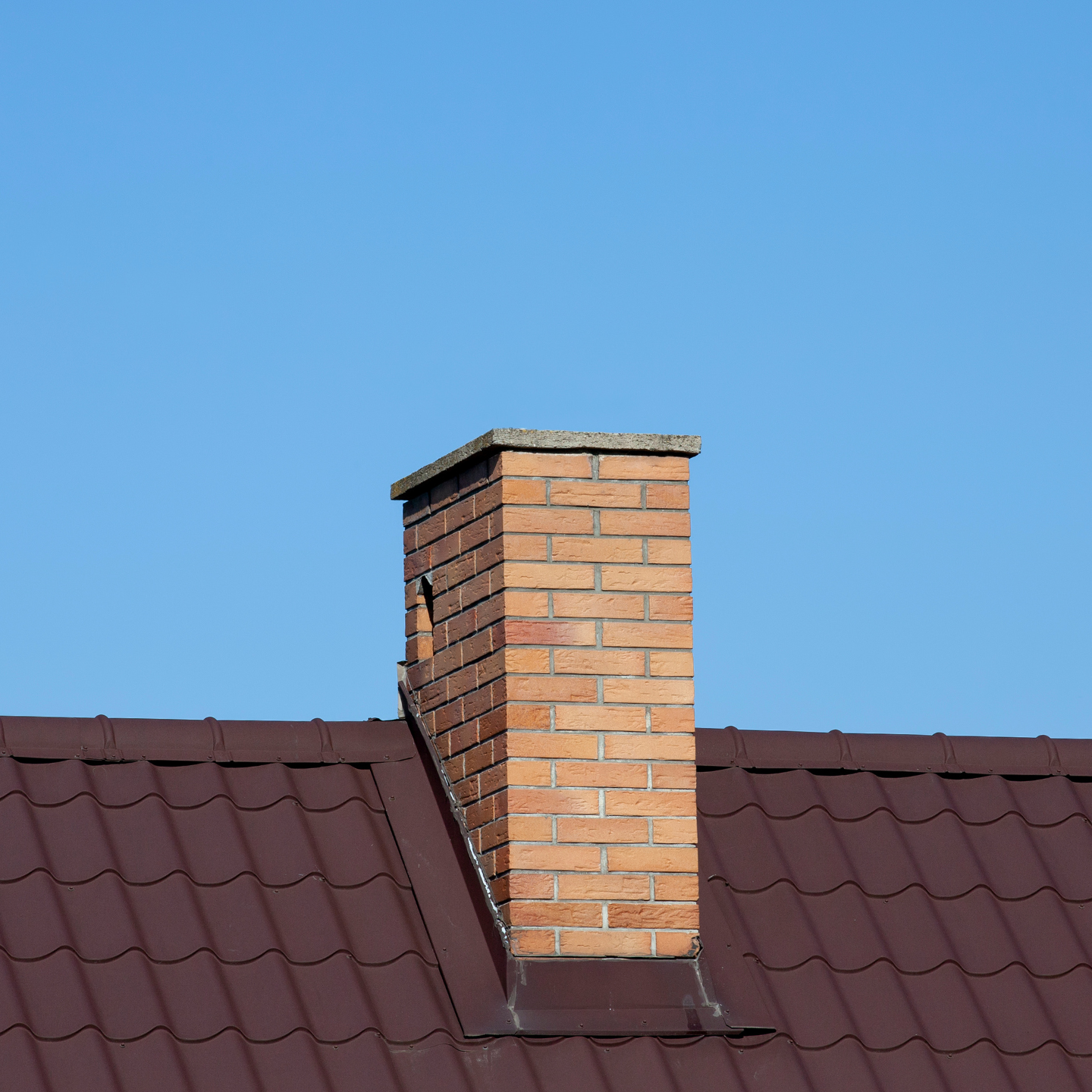
Professional Chimney Inspection for Fire Prevention Near Me
Don’t let your chimney catch fire this winter! Our CSIA-certified chimney sweeps are available to inspect and clean your chimney and fireplace, removing sooty buildup, bird’s nests, and other debris that can create a fire and health hazard. Call the Masters today and enjoy a safer, more efficient fire-burning experience. We proudly serve residents from Harris County, Texas, to Oklahoma City, including Conroe, Arlington, and Sugarland.






